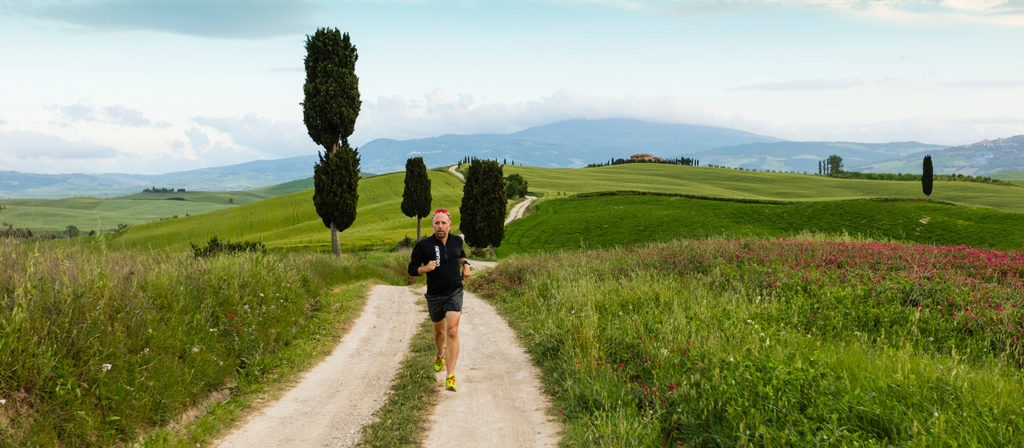We live in the age of acceleration: new technologies and methods of training and coaching are emerging almost daily. Keeping up with all this new information keeps us all on our toes, but some key workouts have stood the test of time. Here are seven examples and why to include them in your yearly training.
Run
Tempo Runs
Tempo runs are critical to running faster and stronger especially off the bike. They teach your mind and your muscles to reach a new level of confidence and performance. Your body learns how to buffer lactic acid and your mind learns how to keep pushing when it hurts. During one of my conversations with Alicia Kaye, I asked her what was her one key, go to run workout that helped her prep for racing. For her, it was the 20-minute tempo run.
As a coach, I assign various distance or time based tempo runs and tempo intervals to all of my athletes at all levels of ability throughout the season. Intensity for these sessions can determined using pace, heart rate or rating of perceived exertion (RPE). There are many definitions of how to do a tempo workout, much will depend on your level of experience and run fitness. For novice triathletes, the best place to start is at an RPE of 6 on a scale from 0-10. The intervals should feel hard but doable, challenging but at an effort you could sustain for longer intervals.
Long Runs
Long runs help you run stronger, longer and hold your speed in a race. When I first started racing, I always fell apart at about mile 4 of a 10k. After doing my long runs regularly, I ran strong for the whole 10k. The long run can be done many ways, but the most important concept is to make it a relaxed, easy aerobic effort. Just putting in the time or miles consistently.
Running your long run too fast can excessively fatigue your body and hinders your recovery and performance in your quality workouts. Back in my day, Colleen Cannon, one of the fastest triathlon runners of her day, felt so embarrassed by how slow she had to run her long run, that she ran in the dark so no one would see her! More recently, many of the fastest ITU runners follow a run/walk pattern for their long runs. This way, you recover faster, feel better and can run more volume with decreased risk of injury.
Run/walks are not just for first timers!
Brick
Run off the bike
Brick workouts are what make our sport so unique. Who doesn’t remember their first run off the bike? Running off the bike can be done throughout the season and throughout your race career. They can be short, long and at various speeds depending on the time of year. It’s also a great way to practice your T2 skills.
Runs off the bike need to be frequent enough that it feels easier and easier to hit the run at race pace as soon as possible, but not so frequent that it compromises your recovery and quality run workouts. Athletes coming into triathlon from a strong running background may feel running is more challenging for a while. Remember, it’s just a skill and a mental hurdle that improves with time and consistent training. The more you do them, the easier they feel and the faster you can run. You know you’re making progress when that stiff, heavy leg feeling disappears sooner and sooner.
To train and race at your best, incorporate these time honored and athlete tested workouts as part of your training regime throughout the race year.
